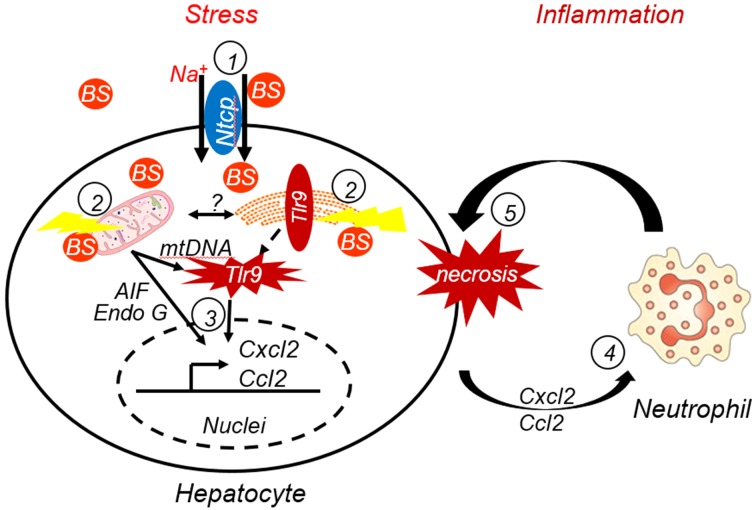Figure 7. A model representing the mechanism of bile acid–induced liver injury as described in this study.
(1) Bile salts (BS, conjugated bile acids) must be first taken up by transporter Ntcp and accumulate in hepatocytes. (2) Elevated levels of BS in hepatocytes cause ER stress and mitochondrial damage, resulting in release of mitochondrial DNA (mtDNA) and proteins. Cytosolic mtDNA in turn triggers an innate immune response by activating Tlr9-dependent and possibly other independent signaling pathways, resulting in (3) stimulation of inflammatory chemokine expression (e.g., Ccl2 and Cxcl2). (4) Hepatocyte-released chemokines recruit neutrophils, and (5) the neutrophil-mediated inflammatory response results in hepatocyte necrosis.

